International Waterfall Day is celebrated annually on June 16. This day honors the majestic beauty of waterfalls, encouraging people worldwide to appreciate these natural wonders and their significance to ecosystems and cultures.
History of International Waterfall Day
International Waterfall Day was established in 2020 by Bob Matthews from Rochester, New York. Inspired by his and his wife’s passion for exploring waterfalls, Matthews created the day during the COVID-19 lockdown as a way to celebrate and share the joy that waterfalls bring to people around the world. The inaugural celebration took place on June 16, 2020, and has since been observed annually on the same date.
The choice of June 16 aligns with the early summer season in the Northern Hemisphere, a time when many waterfalls are at their most vibrant due to snowmelt and increased rainfall. This timing allows enthusiasts to visit and appreciate waterfalls in their full glory.
Why is International Waterfall Day important?
International Waterfall Day serves as a reminder of the awe-inspiring beauty and power of waterfalls. These natural formations offer breathtaking views and play crucial roles in local ecosystems, providing habitats for various species and contributing to the health of rivers and streams.
Moreover, waterfalls have cultural and spiritual significance in many societies. They are often seen as symbols of purity, renewal, and the relentless force of nature. Celebrating this day encourages people to connect with nature, fostering a sense of appreciation and responsibility towards preserving these natural treasures.
Here’s why this day matters:
- It highlights the ecological importance of waterfalls.
- It encourages outdoor exploration and appreciation of nature.
- It promotes awareness of conservation efforts.
- It celebrates the cultural and spiritual significance of waterfalls.
- It inspires people to protect and preserve natural landscapes.
World’s Largest Waterfalls
Angel Falls (Venezuela)
The highest uninterrupted waterfall in the world, plunging 979 meters (3,212 feet) from the Auyán-tepui mountain in the Canaima National Park. It’s named after Jimmy Angel, a pilot who flew over it in 1933.
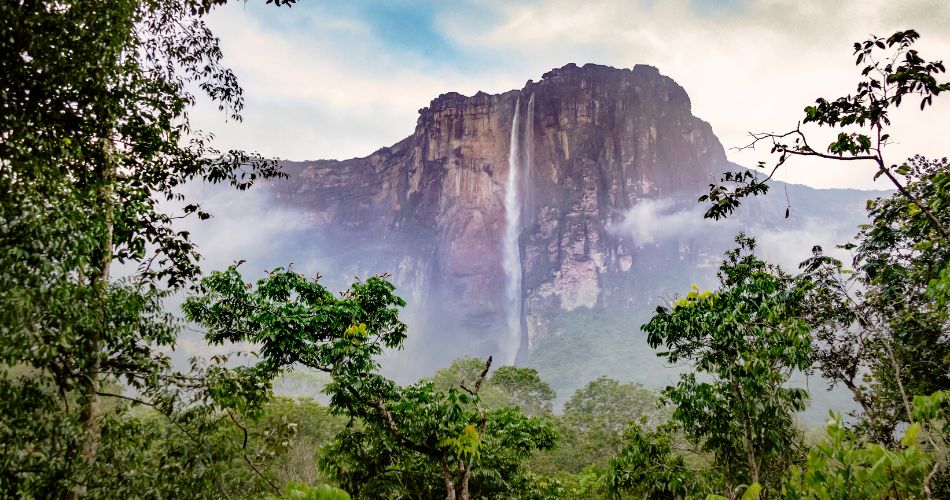
Tugela Falls (South Africa)
Often considered the second tallest waterfall in the world, Tugela Falls drops a total of 948 meters (3,110 feet) in five distinct leaps from the Drakensberg Mountains.
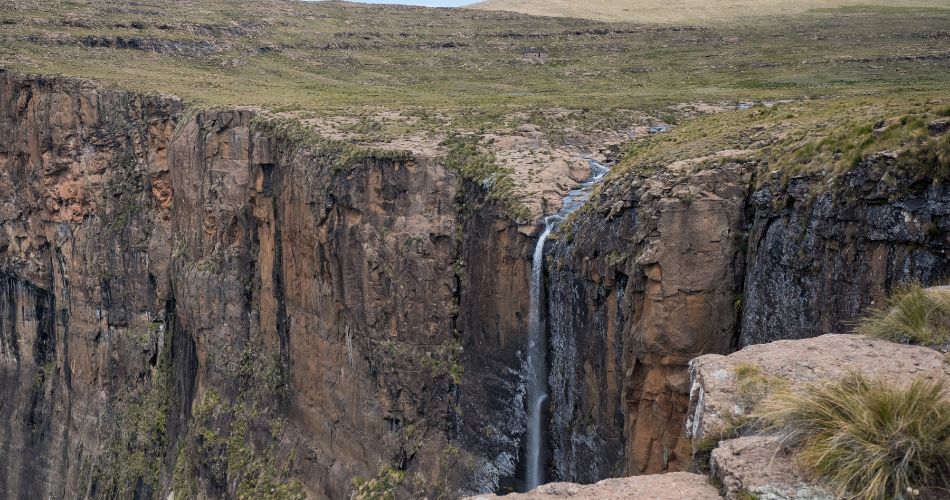
Niagara Falls (USA/Canada)
One of the most famous waterfalls globally, known for its power and accessibility. While not the tallest (about 51 meters or 167 feet), it is among the most voluminous, with more than 2,800 cubic meters of water flowing every second.
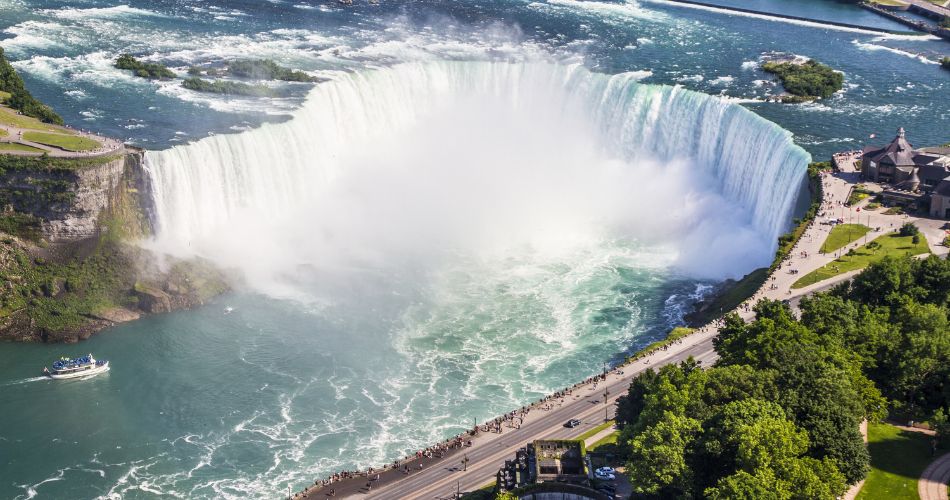
Victoria Falls (Zambia/Zimbabwe)
Often called “The Smoke that Thunders,” this massive waterfall on the Zambezi River is one of the largest in width and height combined, stretching over 1,700 meters (5,600 feet) wide and dropping about 108 meters (354 feet).
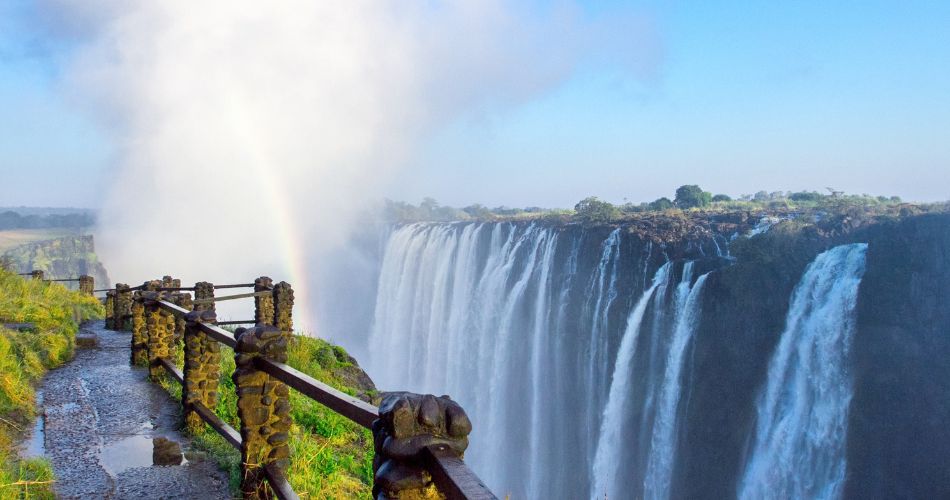
Iguazu Falls (Argentina/Brazil)
A system of 275 waterfalls spread out over nearly 3 kilometers (1.9 miles). The tallest drop is about 82 meters (269 feet). It’s located within lush rainforest and is a UNESCO World Heritage Site.
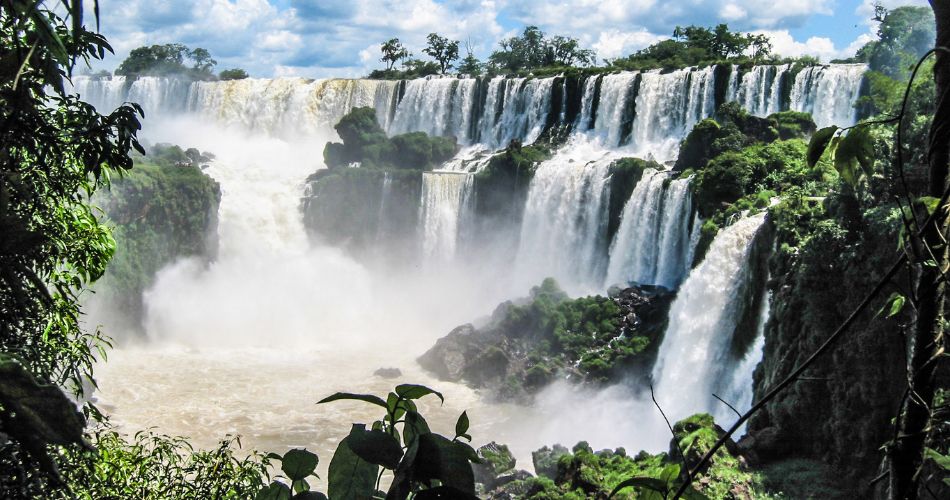
Yosemite Falls (USA)
The tallest waterfall in North America, with a total drop of 739 meters (2,425 feet), located in California’s Yosemite National Park. It consists of three sections: Upper Falls, Middle Cascades, and Lower Falls.
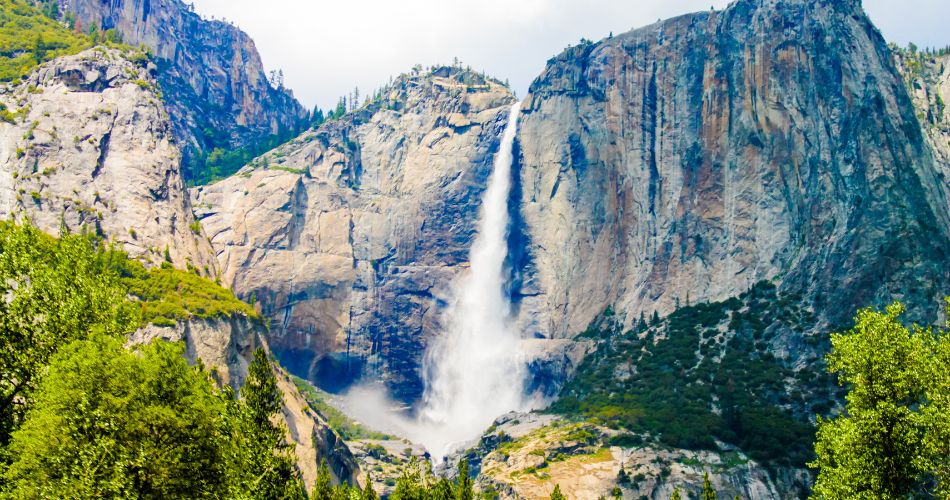
Interesting Facts About Waterfalls
- The tallest waterfall in the world, Angel Falls, is so high that water turns into mist before reaching the bottom.
- Victoria Falls creates a spray that can be seen from 50 km (30 miles) away during the rainy season.
- The sound of Niagara Falls can be heard from miles away and it’s strong enough to shake nearby buildings slightly.
- Iguazu Falls is wider than both Victoria and Niagara Falls, and legend says it was created by a god in anger when a woman fled with her mortal lover in a canoe.
- Waterfalls form where there are layers of hard and soft rock. The soft rock erodes faster, causing the drop.
- Some waterfalls, like Dettifoss in Iceland, are known more for their sheer power and volume than their height.
- There are underwater waterfalls too—like in Mauritius, where ocean floor sediment creates an optical illusion of a waterfall under the sea.
- Waterfalls are natural oxygenators, helping add oxygen to the water, which supports fish and aquatic life.
- Niagara Falls is used for hydroelectric power, producing a large amount of clean electricity for both the U.S. and Canada.
- Many waterfalls are shrinking or disappearing due to climate change and water diversion for agriculture and human use.
How to Celebrate International Waterfall Day
Celebrating International Waterfall Day can be as simple as visiting a local waterfall to immerse yourself in its beauty and tranquility. Whether it’s a well-known cascade or a hidden gem, taking the time to experience a waterfall firsthand can be both refreshing and inspiring.
If visiting a waterfall isn’t feasible, consider exploring waterfalls virtually through documentaries, photographs, or virtual tours. Sharing your favorite waterfall experiences or images on social media with the hashtag #InternationalWaterfallDay can also spread awareness and appreciation for these natural wonders.
Here are some ways to observe the day:
- Visit a nearby waterfall and enjoy the scenery.
- Plan a hike that includes a waterfall destination.
- Share photos or stories of waterfalls you’ve visited.
- Learn about the geology and ecology of waterfalls.
- Support organizations dedicated to preserving natural waterways.
International Waterfall Day Dates Table
| Year | Date | Day |
|---|---|---|
| 2025 | June 16 | Monday |
| 2026 | June 16 | Tuesday |
| 2027 | June 16 | Wednesday |
| 2028 | June 16 | Friday |
| 2029 | June 16 | Saturday |
Subscribe to our newsletter and never miss a holiday again!

